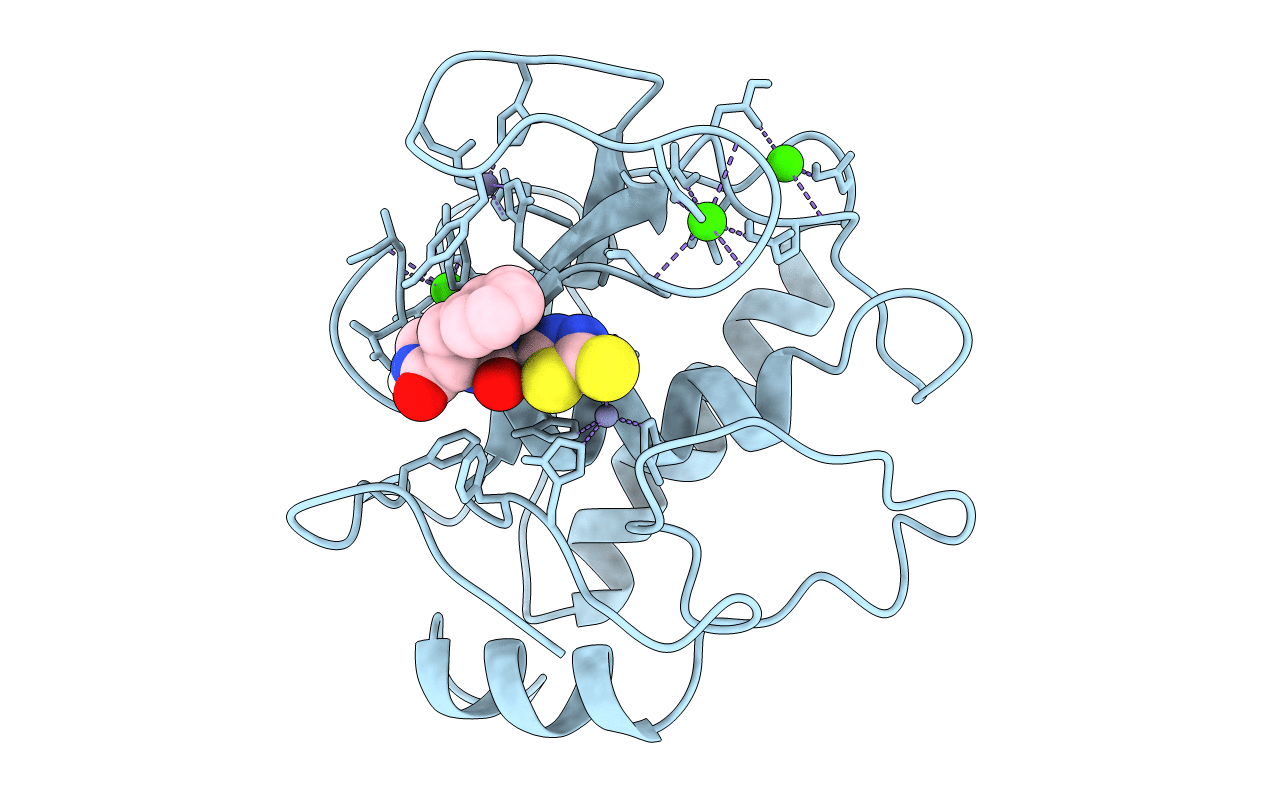
Deposition Date
1998-06-18
Release Date
1999-01-20
Last Version Date
2024-05-22
Entry Detail
PDB ID:
3USN
Keywords:
Title:
STRUCTURE OF THE CATALYTIC DOMAIN OF HUMAN FIBROBLAST STROMELYSIN-1 INHIBITED WITH THE THIADIAZOLE INHIBITOR IPNU-107859, NMR, 1 STRUCTURE
Biological Source:
Source Organism:
Homo sapiens (Taxon ID: 9606)
Host Organism:
Method Details:


